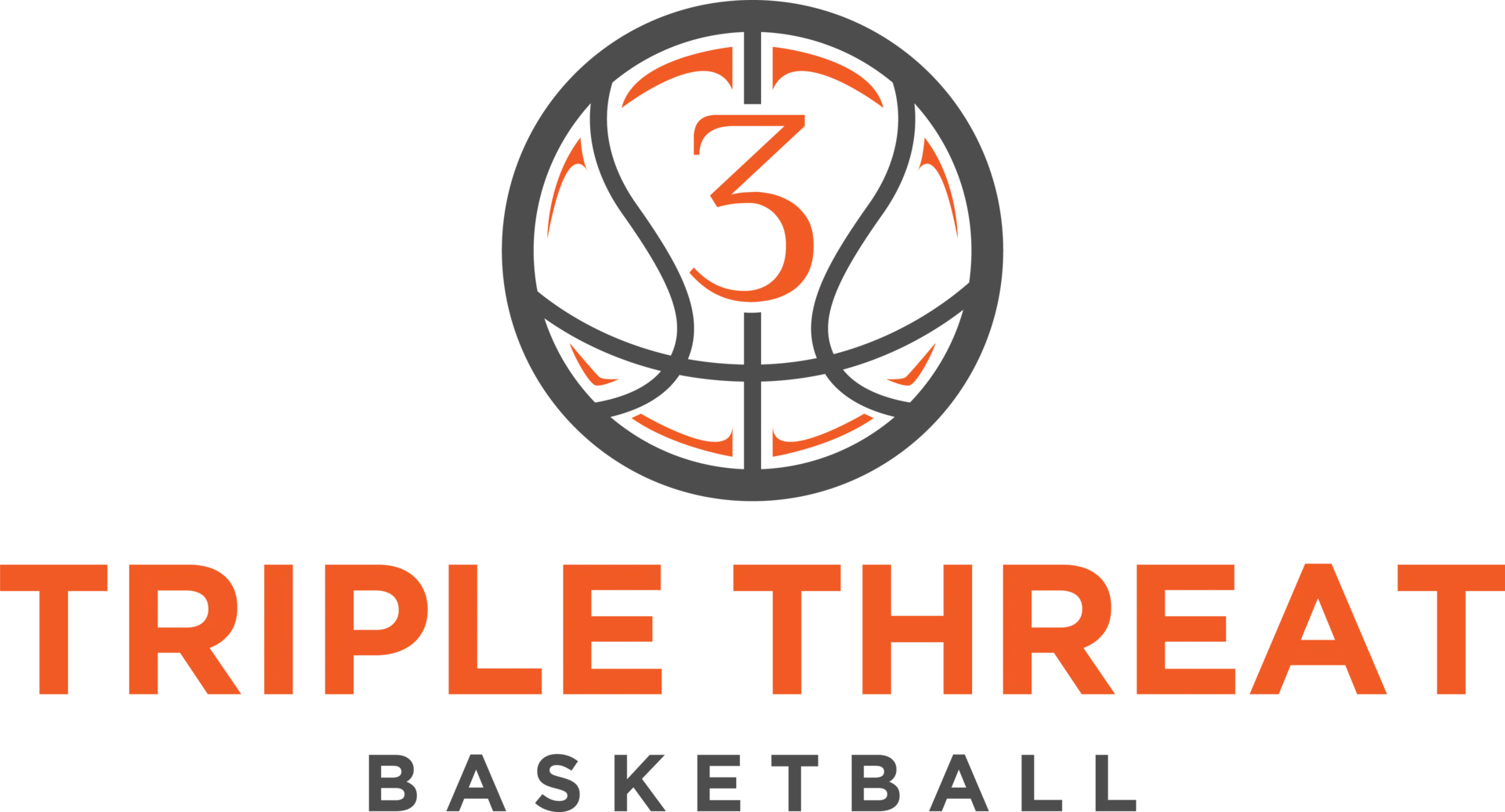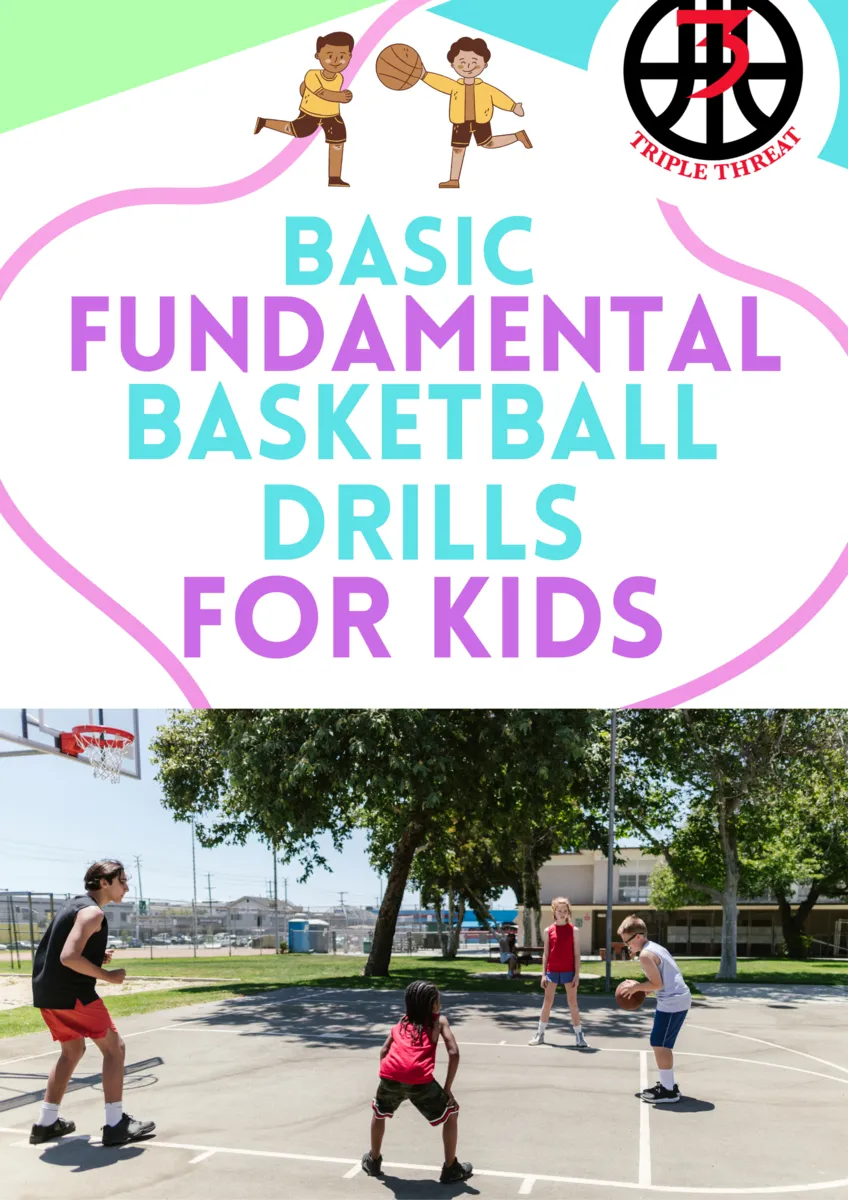What makes a good basketball player? Undoubtedly, it is the basketball skills that make the difference between a good and a bad basketball player. These skills are often picked up at a young age where learning and building muscle memory are easier. When these skills are picked up from young, they become more polished when they are put to good use over a long period of time. Hence, to become a good basketball player, children must start practicing their basketball skills through drills and practices. There are many types of basketball skills such as dribbling, shooting, layup defense and footwork that require hard work in order to achieve mastery over these skills. In this article, we will explore these fundamental basketball skills that children can pick up when they learn how to play basketball.
Dribbling

Image credits: Dunk or Three
Dribbling a basketball is a difficult skill to be picked up by many young children. The first step in learning how to dribble a basketball is to relax your fingers and make sure they’re spread out evenly on the basketball. Spreading your fingers wide increases the surface area and provides more control over the basketball. However, young children new to basketball have a tendency to keep their fingers close together which makes it harder to control the ball. The second step is to keep a low center of gravity. When the basketball is in their possession, they should bend their knees and keep their bodies low to the ground. By maintaining a low center of gravity, it gives much more control to the user over the basketball. Furthermore, it allows them to guard against opponents - if an opposing defender is trying to steal the basketball, you'll be able to evade and follow up with a layup quickly. Once these pre-dribbling steps are completed, the next step is to dribble! To do so, extend your elbows and snap your wrist to slam the basketball onto the ground with substantial force. If not, the defender can easily steal the ball away. When dribbling, players must ensure that the basketball is protected from the opponents. Some methods to protect the ball include raising your non-dribbling arm to prevent opponents from tapping the ball away from you. Another way is to utilise your body to shield the ball away from the opponents. These are the basic steps for learning dribbling.
Shooting
Shooting a basketball is the part where all children look forward to the most. To properly learn how to shoot, you must first identify - is your child right or left handed? In general, the shooting hand is the dominant hand, while the guiding hand is the non-dominant hand. Additionally, the reason to use the dominant hand as the shooting hand is because this hand is stronger and can support the weight of the basketball when shooting. You may also need to monitor your children and see if they are able to handle the weight of the basketball. If they appear to be struggling then a lighter, smaller basketball may be more appropriate for them. Additionally, the conventional basketball rim may be too tall for children and you may need to purchase a smaller hoop for them to practise on. To shoot, the first step is to rest the basketball on the dominant hand at a comfortable position near to your forehead. Next, extend out the elbows and flick your wrists to shoot the ball towards the hoop. Using your other hand, assist the dominant hand. It is important not to flick your guide hand to prevent the ball from moving left or right.
Defense Footwork
When teaching footwork to children, both defensive and offensive footwork must be given equal priority. Players with strong defense footwork skills will be able to play in any defensive strategies their team chooses. A popular defense footwork is to maintain a balanced stance. This involves keeping your feet shoulder-width apart while bending your knees. Arch your back forward as well. Another popular defense footwork is to change directions which is known as a “drop step”. A drop step is when a player steps with their foot in the opposite direction to evade their opponents. Children frequently make the error of taking their first stride behind them, which causes them to face the offensive player sideways. The defender's torso must remain pointed at the offensive player, hence this step must be taken at an angle.
There are so much more to these few basketball skills. Come join our classes right now and our professional coaches will teach your child more!

